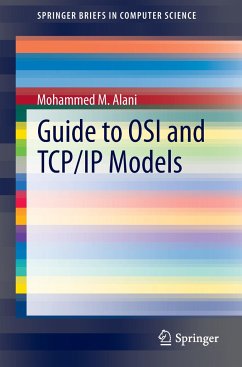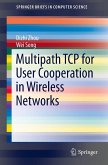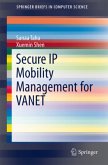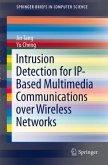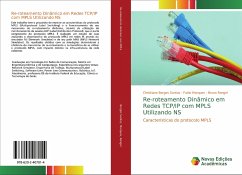This work opens with an accessible introduction to computer networks, providing general definitions of commonly used terms in networking. This is followed by a detailed description of the OSI model, including the concepts of connection-oriented and connectionless communications. The text carefully elaborates the specific functions of each layer, along with what is expected of protocols operating at each layer. Next, the journey of a single packet, from source to destination, is described in detail. The final chapter is devoted to the TCP/IP model, beginning with a discussion of IP protocols and the supporting ARP, RARP and In ARP protocols. The work also discusses the TCP and UDP protocols operating at the transport layer and the application layer protocols HTTP, DNS, FTP, TFTP, SMTP, POP3 and Telnet. Important facts and definitions are highlighted in gray boxes found throughout the text.
Hinweis: Dieser Artikel kann nur an eine deutsche Lieferadresse ausgeliefert werden.
Hinweis: Dieser Artikel kann nur an eine deutsche Lieferadresse ausgeliefert werden.
From the book reviews:
"This book provides a guide to both the OSI and TCP/IP models, complemented with the most important applications or protocols related to networking. ... I value this book for its easiness to read. It is a good textbook for students ... . It might also be a good read for people from other fields looking for core concepts of networking. ... after having read the book, everyone would easily understand how computer networks work." (Robert Wojcik, Computing Reviews, July, 2014)
"This book provides a guide to both the OSI and TCP/IP models, complemented with the most important applications or protocols related to networking. ... I value this book for its easiness to read. It is a good textbook for students ... . It might also be a good read for people from other fields looking for core concepts of networking. ... after having read the book, everyone would easily understand how computer networks work." (Robert Wojcik, Computing Reviews, July, 2014)

